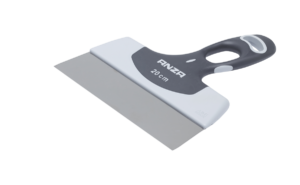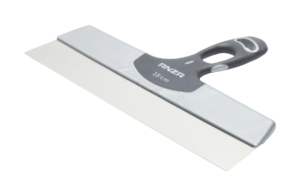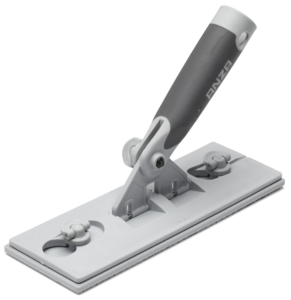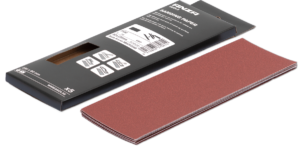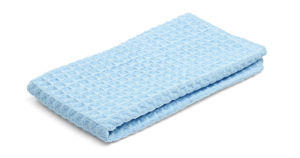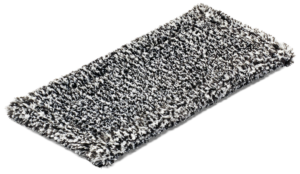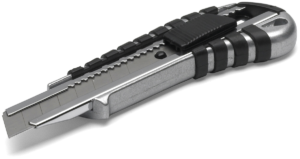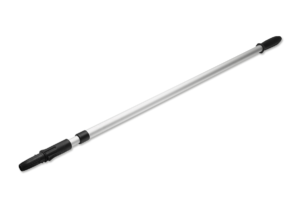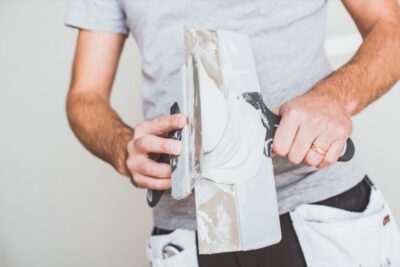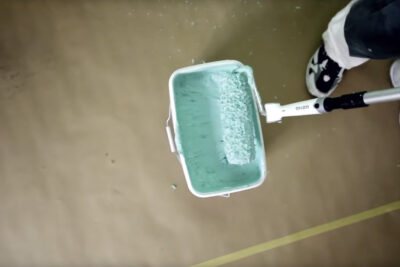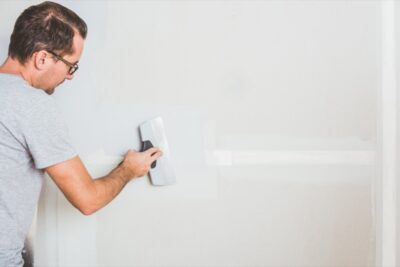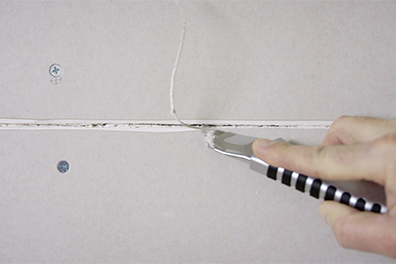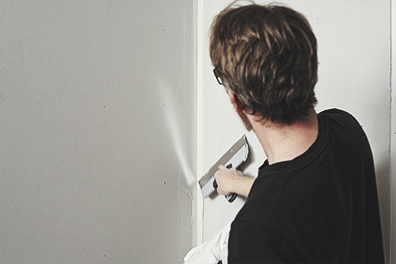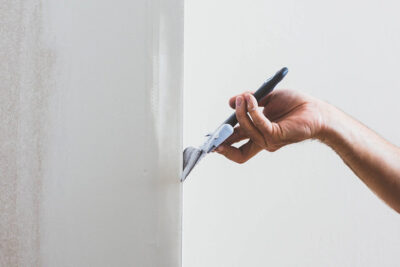- Home
- Plastering
- Tools for plastering – the complete checklist
-
Wide filling knife
Tips
Is it time to start spackling? Read our step-by-step guide for the best results.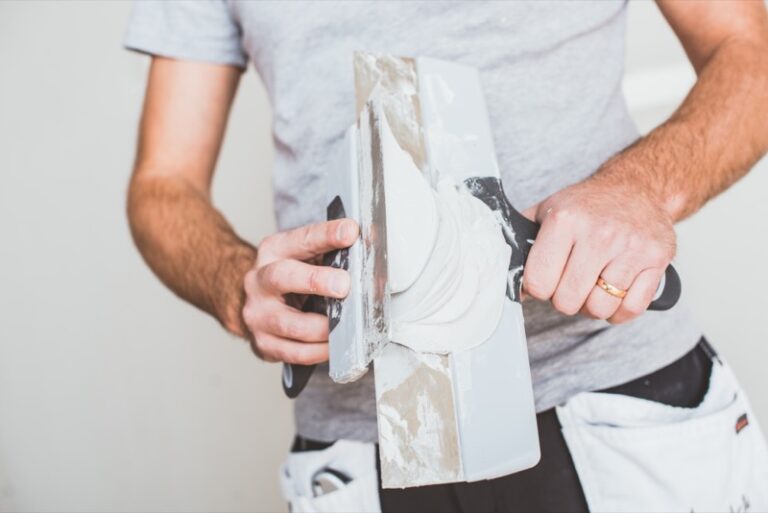
Wide stainless steel filling knife, with handle designed for optimal grip and control. Use to fill larger holes and uneveness. Can be used with an extension pole for extra reach over large areas. We recommend that you use two wide filling knifes of different widths.
-
Hinged sanding tool
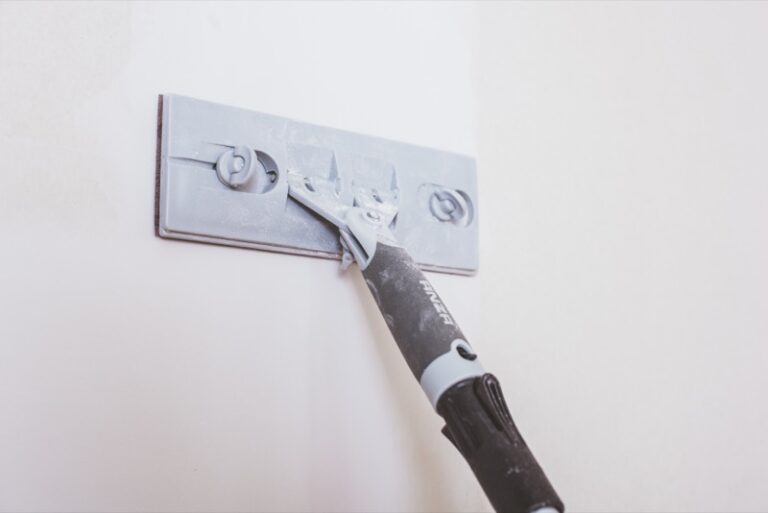
Used for sanding and cleaning after spackling. Adapted for both ordinary abrasive paper and abrasive paper with Velcro. Adjustable and lockable handle that can also be mounted on an extension pole for extra reach on large surfaces, especially at height.
-
Microfiber cloth
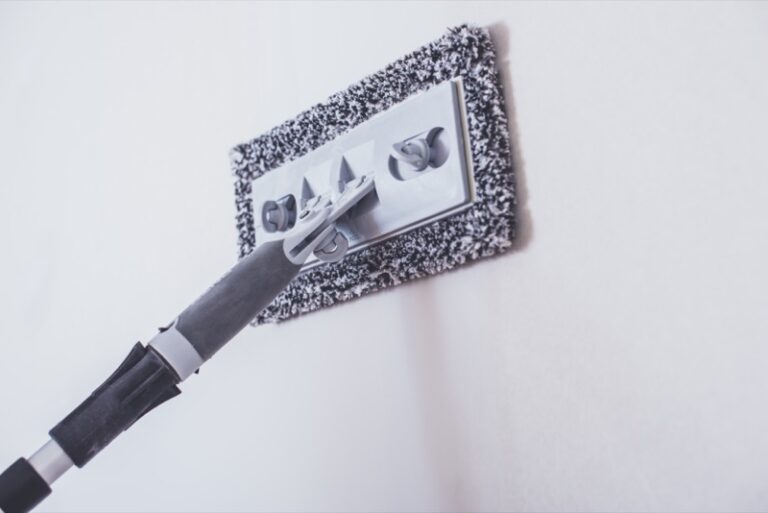
Coarse microfibre cloth in highly absorbent material used to wipe away sanding dust. Captures both small and large dust particles and effectively removes dirt, stains and grease.
-
Snap-off knife
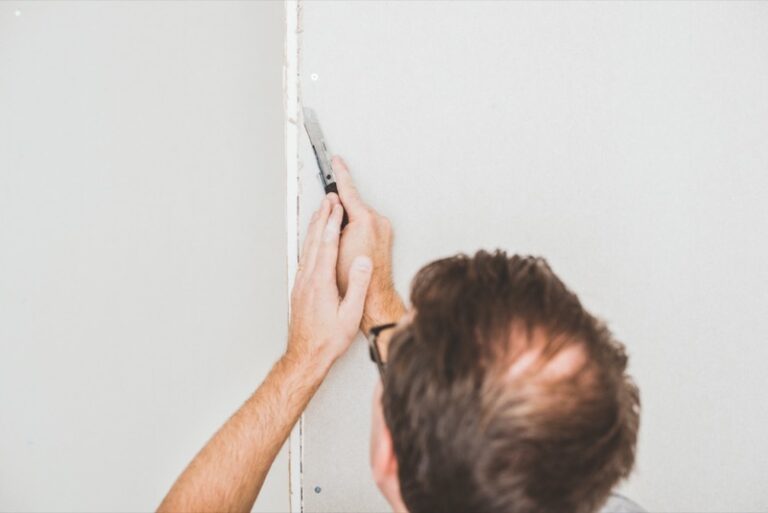
Single snap-off blade knife with easy-grip handle and 18 mm blade that locks automatically. Used to remove damaged plaster, cut wallpaper and in many other situations. When the blade becomes dull, break it off to get a new sharp surface.
-
Extension pole
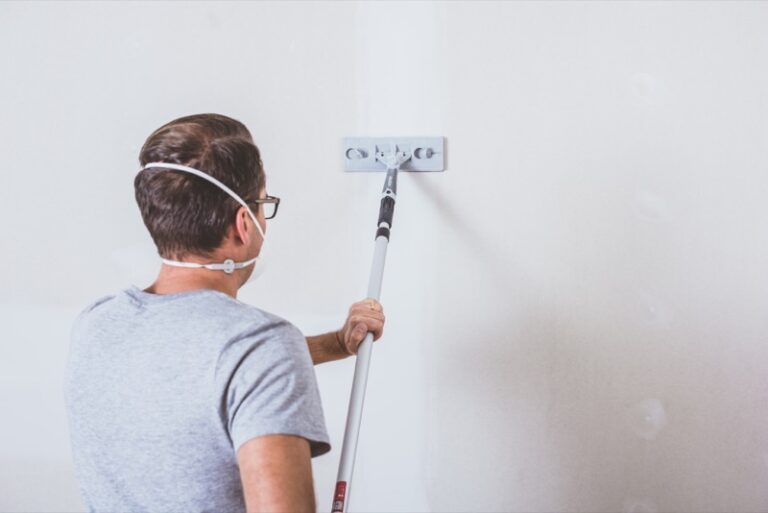
Combine with wide filling knifes, brushes and many other tools to extend the reach by 115-197 cm. Features an easy-grip rubber handle and a smart click system that makes it easy to switch between tools.

